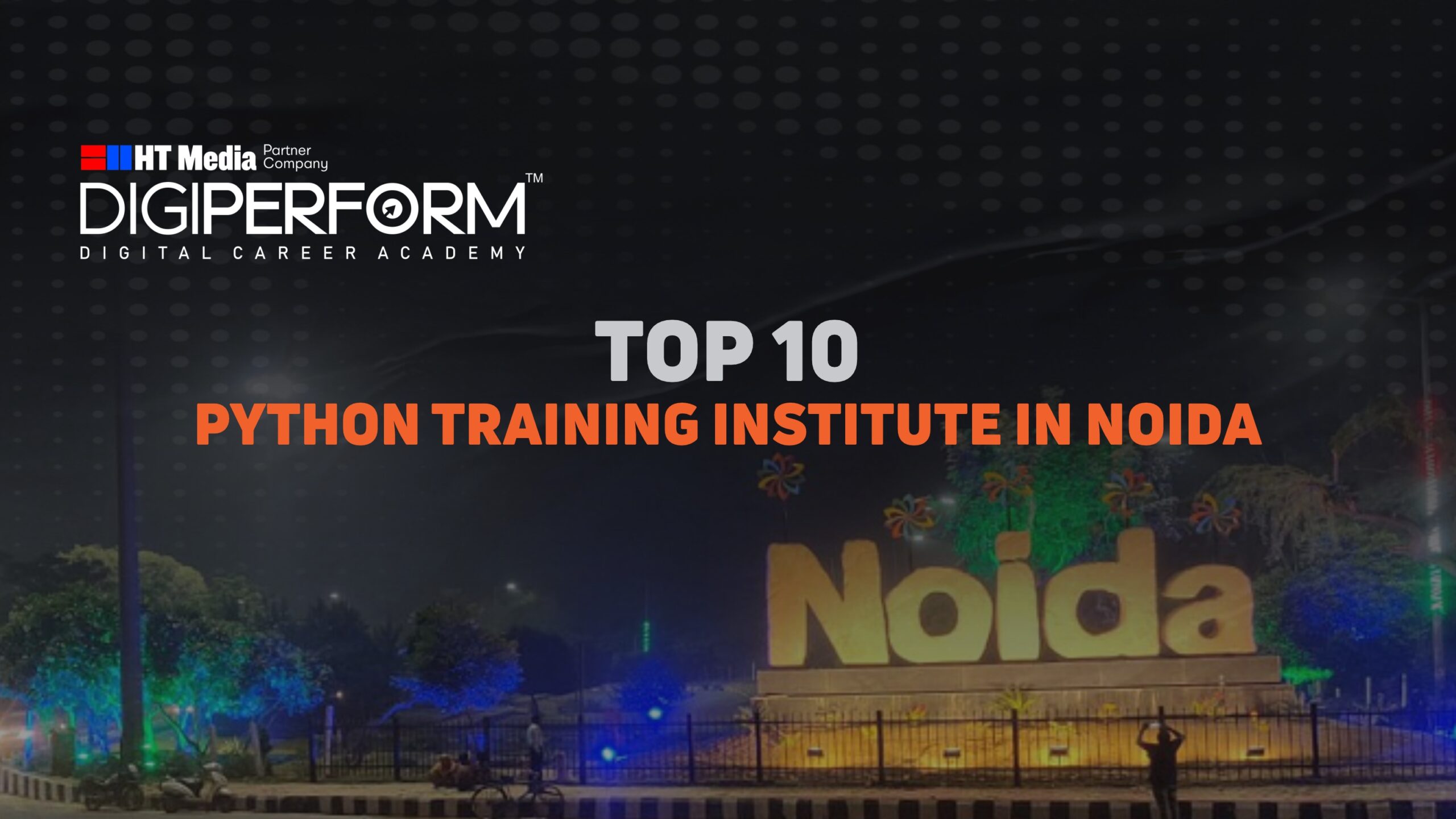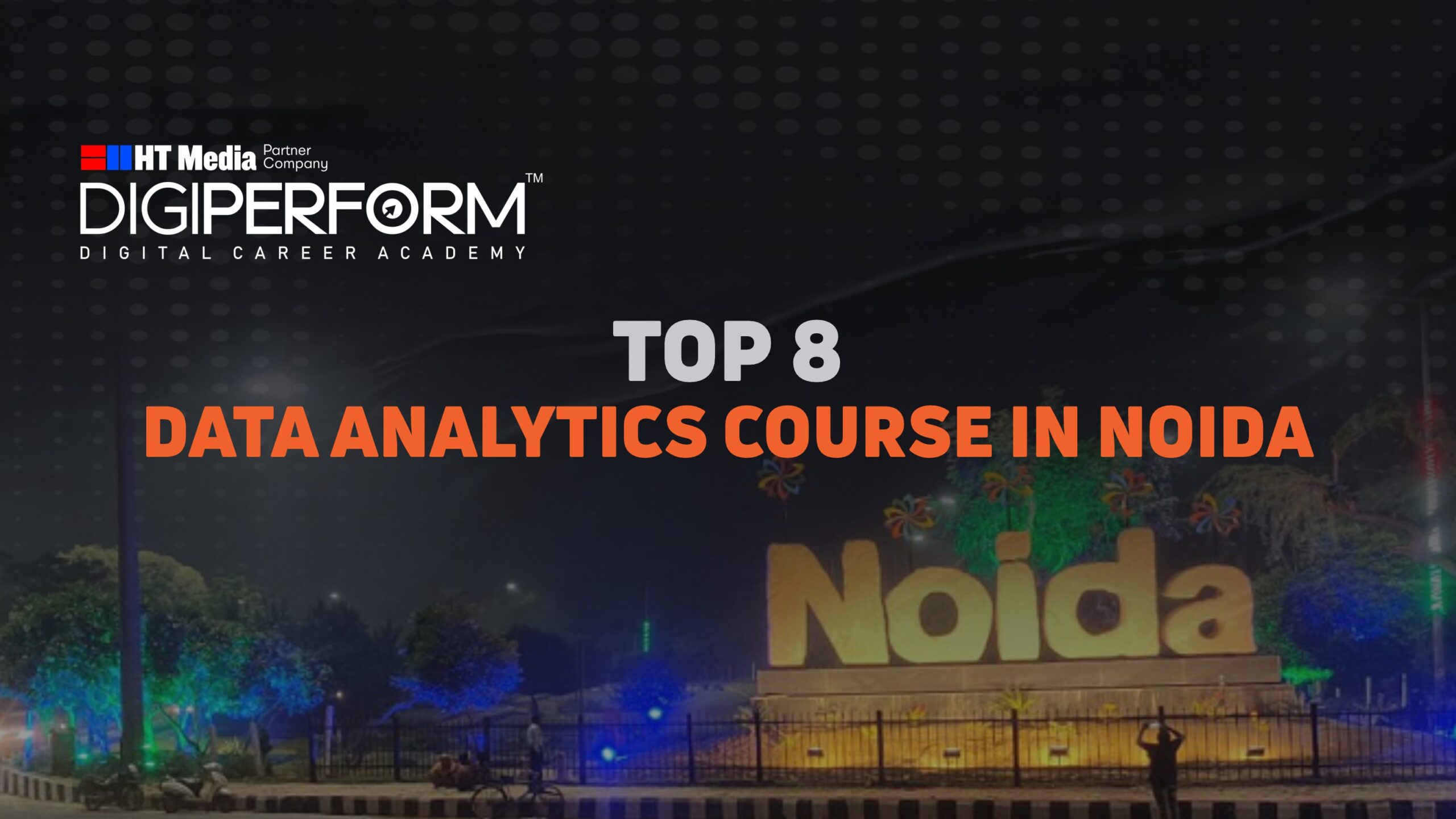Master
Data Science Courses
India’s Only Data Science Training Program created to help you to build a successful career in Data Science from scratch.
Important Tools and Libraries Used By Data Scientists
In this article, we discuss all the important tools and libraries used by data scientists. So let’s start knowing about all the tools one by one.
Tools and Libraries Used by Data Scientists for Data Analysis
Let’s learn in detail about the following libraries
Pandas, NumPy, Matplotlib, Seaborn, and Skype
The most important library in the data science process is Pandas because, in pandas, you will be able to read data sets, you will be able to create data frames, you will be able to do a lot of operations within the pandas library.
Then you have NumPy, Matplotlib, Seaborn, Skype, and many more. These are the most important libraries you need to consider during the processing or data analysis stage. Every project in data science, basically a machine learning project, data analysis, or feature engineering will take 30% of the time of the project. If your project is for three months, one month will be going in feature engineering only, because you have to do many things in feature engineering and make the data in the right format.
So if you are very good with Pandas and NumPy if you know how to use visualization libraries like Seaborn or Matplotlib because Seaborn in terms applies statistical analysis, you know, you’ll be able to apply a lot of stuff because with the help of Seaborn, you’ll be able to create a histogram, and you’ll be able to see the distribution of the data how it is and based on that you can come up with a solution concerning normal distribution, standard normal distribution, Z-score and a lot of stuff, So this Seaborn library will be very very important for that, Apart from that Matplotlib also helps you to create a very good two-dimensional, and three-dimensional diagrams.
And if you want to be very good at feature engineering or data analysis you have to be focusing on these particular libraries.
Tools and Libraries Used by Data Scientists for Machine Learning or Deep Learning
Let’s learn in detail about the following libraries
Sklearn, TensorFlow, Keras, and PyTorch
The machine learning and deep learning part, as you know most of the libraries in machine learning are present inside sklearn, which is also called skykit-learn. It is the Oxford dictionary of all the machine learning algorithms. You’ll be able to find every machine and most of the machine learning algorithms in SkyGate Learner. First of all, you need to understand how that particular algorithm works. And once you understand the algorithm, you understand the math behind it, it is not like you have to go and compute or you have to write very big lines of code.
There will be some libraries that will be able to implement that particular algorithm, and hardly you have to just write some five to ten lines of code, that whole algorithm will get implemented. To understand how the algorithm works, try to use this particular library called a scaler. Most of the algorithms are present. Some algorithms like XGBoost, XGBoost is available as a third-party package, you have to install it separately. But apart from that, most of the algorithms are present in the scaler.
The next library is called TensorFlow. Now you know why TensorFlow is used for creating our deep learning models. TensorFlow was initially developed by Google. Now it has been given as an open source. So many people are using TensorFlow extensively to create larger projects for deep learning and all. Apart from that, TensorFlow also has the Keras library. Now Keras is a wrapper on TensorFlow. It can be a wrapper over the TensorFlow.
It can use the same technique of TensorFlow with very, very ease because you’ll be able to find out the methods, how to create the neurons, how to create the neural networks, and many more things. Then you also have a new framework that has recently come, which is called PyTorch. So these libraries will be useful for machine learning and deep learning projects.
Tools and Libraries Used by Data Scientists for IDE
Let’s learn in detail about the following libraries
Jupyter, Spyder and PyCharm
Let’s go to the most important part where you’ll be writing the code. Now in IDE, you’ll have to know Jupyter, you have to know Spyder, you have to know PyCharm. So you can select either Spyder or PyCharm, but make sure that you know Jupyter, and how Jupyter works. There is a reason. Once we are doing the deployment of the models, or we are trying to run our code in some AWS cloud, they have integrated Jupyter Notebook. So you should know how to work with Jupyter Notebook so that you will be able to deploy then and there. Now this was the IDE part.
For the visualization third-party tools, you can use Tableau and Power BI. This is important because this helps us to create very good statistical diagrams and graphs. So we can use this and it also provides a reporting server. So you can publish the reports to some server so that the stakeholders and other stakeholders can use it.
Tools and Libraries Used by Data Scientists for Deployment
Let’s learn in detail about the following libraries
Bitbucket, GitHub, Flask, and Xango
Now, the most important part, that is the deployment. Now for deployment, always remember, first of all, whenever you write any code, then you try to commit in some repository. It may be a Bitbucket, it may be GitHub, or it may be anything. A different type of repository will be there. Then, from there, a CICD pipeline will be created for the deployment purpose.
The CICD pipeline will be created for deployment purposes. Now, one thing that you have to understand to create the REST API from models in the deployment stage, you have to know either Flask or Xango. Because Flask and Xango help you to create a very good framework for APIs. So you should know one of these. The saying is that this same framework can be just deployed in some other servers like AWS, Azure, or let it be Heroku or it may be Docker, it may be Kubernetes. So, this Flask framework can be easily deployed.
It depends on whether this is a platform as a service or infrastructure as a service. But make sure that you know how to create APIs concerning Flask or Django so that you will be able to do the deployment part. Now, once your framework is created, all you have to do is take your production server wherever it is. You just deploy the same code over there and just run that particular code. That particular API will always be available.
Conclusion:
So this was in short all the libraries and the tools used by data scientists, these are all libraries everybody should know if you are becoming a data scientist. I hope you like all the information we have given you in this article.
Before I end, I would like to say that if you Want to make a career in this field of achievement you can do an Online Data science course (Master Certification Program in Analytics, Machine Learning, and AI) from Digiperform. India’s Only Most Trusted Brand in Digital Education
In this Data science online course You will solve 75+ projects and assignments across the project duration working on Stats, Advanced Excel, SQL, Python Libraries, Tableau, Advanced Machine Learning, and Deep Learning algorithms to solve day-to-day industry data problems in healthcare, manufacturing, sales, media, marketing, education sectors making you job ready for 30+ roles.
And to get your dream job Digiperform’s dedicated placement cell will help you with 100% placement assistance.
FAQs:
What is the difference between pandas and NumPy?
Pandas and NumPy are both essential libraries in Python for data manipulation and analysis, but they serve different purposes. NumPy is mainly used for numerical computing, providing support for arrays and matrices, along with mathematical functions to operate on these arrays efficiently. pandas, on the other hand, is built on top of NumPy and offers data structures like DataFrames and Series, which are ideal for data manipulation and analysis tasks, such as data cleaning, filtering, and aggregation.
Why do data scientists use scikit-learn?
Scikit-learn is a popular machine learning library in Python because it provides a wide range of tools for building and deploying machine learning models. Data scientists use scikit-learn for tasks like classification, regression, clustering, dimensionality reduction, and model selection. Its ease of use, extensive documentation, and compatibility with other Python libraries make it a preferred choice for many data science projects.
What are the advantages of using TensorFlow or PyTorch for deep learning?
TensorFlow and PyTorch are two leading frameworks for deep learning. TensorFlow offers a scalable and flexible platform suitable for both research and production deployment. Its high-level APIs like Keras simplify the process of building neural networks. PyTorch, on the other hand, is known for its dynamic computational graph, which allows for more intuitive model development and debugging. It is favored by researchers for its flexibility and ease of use in prototyping new ideas.
How does Matplotlib differ from Seaborn?
Matplotlib and Seaborn are both Python libraries used for data visualization, but they have different strengths and purposes. Matplotlib is a versatile library that provides a low-level interface for creating static, interactive, and publication-quality plots. Seaborn, built on top of Matplotlib, focuses on statistical data visualization and provides a higher-level interface for creating informative and attractive statistical graphics. It simplifies the process of creating complex visualizations like categorical plots, distribution plots, and regression plots.
Why is the Jupyter Notebook preferred by data scientists for exploratory data analysis?
Jupyter Notebook is a web-based interactive computing environment that allows data scientists to create and share documents containing live code, equations, visualizations, and narrative text. It is widely preferred for exploratory data analysis because of its ability to combine code execution, rich text, and multimedia output in a single document. With Jupyter Notebook, data scientists can iteratively explore data, visualize results, and communicate insights effectively, making it an invaluable tool in the data science workflow.











